SEO Page
What is SEO Page.

An SEO page, also known as an optimized page, refers to a webpage that has been specifically designed and structured to improve its visibility and ranking in search engine results pages (SERPs) through search engine optimization (SEO) techniques. The goal of an SEO page is to increase organic traffic to a website by ensuring that it appears prominently in search engine listings when users search for relevant keywords or phrases.
Here are key elements and considerations for creating an SEO page:
1. Keyword Research and Targeting:
– Conduct thorough keyword research to identify relevant keywords or search terms that your target audience is likely to use.
– Choose primary and secondary keywords to optimize the SEO page’s content around.
2. On-Page Optimization:
– Optimize the page’s title tag: Include the primary keyword near the beginning and make it compelling and relevant to entice users to click.
– Craft a meta description: Write a concise and engaging meta description that accurately describes the page’s content and includes relevant keywords.
– URL structure: Create a user-friendly and keyword-rich URL for the page.
– Header tags: Use appropriate header tags (H1, H2, H3, etc.) to structure the page’s content and include relevant keywords in the headings.
– Content optimization: Create high-quality, valuable, and relevant content that incorporates the primary and secondary keywords naturally.
– Keyword placement: Include the primary and secondary keywords strategically throughout the content, such as in the introduction, subheadings, and body paragraphs.
– Image optimization: Optimize images by using descriptive file names and alt tags that include relevant keywords.
3. User Experience (UX) Optimization:
– Ensure that the page is visually appealing, well-organized, and easy to navigate.
– Improve page load speed to enhance the user experience.
– Make the content scannable by using bullet points, subheadings, and short paragraphs.
– Ensure the page is mobile-friendly and responsive for users accessing it from different devices.
4. Internal Linking:
– Include relevant internal links to other pages within your website to improve navigation and help search engines understand the site’s structure.
– Anchor text in internal links should include relevant keywords where appropriate.
5. Backlinks and Off-Page Optimization:
– Encourage the acquisition of high-quality backlinks from reputable and relevant websites.
– Implement off-page optimization strategies such as guest blogging, influencer collaborations, or social media promotion to increase the visibility and authority of the SEO page.
6. Monitoring and Analysis:
– Continuously monitor the performance of the SEO page using analytics tools to assess its visibility, organic traffic, and user engagement.
– Make data-driven adjustments and refinements to optimize the page further based on performance insights.
In the context of Outline Project blog page content, an SEO page refers to a blog post or article that has been optimized for search engines to improve its visibility and ranking in search engine results pages (SERPs). The goal is to attract organic traffic and increase the blog’s visibility among the target audience. Here’s how to create an SEO page for Outline Project:
1. Keyword Research:
– Conduct keyword research to identify relevant keywords or search terms related to the blog post topic.
– Select primary and secondary keywords based on search volume, relevance, and competition.
2. On-Page Optimization:
– Optimize the blog post’s title: Include the primary keyword near the beginning and make it compelling.
– Craft a meta description: Write a concise and engaging meta description that incorporates the primary keyword and entices users to click.
– URL structure: Create a user-friendly URL that includes the primary keyword.
– Header tags: Use proper header tags (H1, H2, H3, etc.) to structure the content and include relevant keywords in the headings.
– Content optimization: Create valuable and informative content that addresses the target audience’s needs and incorporates the primary and secondary keywords naturally.
– Keyword placement: Include the primary and secondary keywords strategically throughout the content, including in the introduction, subheadings, and body paragraphs.
– Image optimization: Optimize images by using descriptive file names, alt tags, and appropriate file sizes.
3. Internal Linking:
– Include relevant internal links within the blog post to other relevant pages or articles on Outline Project website.
– Anchor text in internal links should include relevant keywords where appropriate.
4. User Experience (UX) Optimization:
– Ensure the blog page is visually appealing, well-organized, and easy to navigate.
– Improve page load speed for a better user experience.
– Use bullet points, subheadings, and short paragraphs to make the content scannable.
– Ensure the blog page is mobile-friendly and responsive.
5. Backlinks and Off-Page Optimization:
– Promote the blog post through various channels to attract high-quality backlinks from reputable and relevant websites.
– Implement off-page optimization strategies such as guest blogging, influencer collaborations, or social media promotion to increase visibility and authority.
6. Monitoring and Analysis:
– Utilize analytics tools to monitor the performance of the blog post, including its visibility, organic traffic, and user engagement metrics.
– Use data-driven insights to refine and optimize the blog post for better results.
By following these steps, Outline Project can create SEO-friendly blog posts that have a higher chance of ranking well in search engine results and attracting organic traffic from the target audience.
Remember, an effective SEO page focuses on providing valuable content that is relevant to users’ search queries and aligns with their intent. By optimizing various on-page and off-page elements, Outline Project can increase the chances of its web pages ranking higher in search engine results and attracting targeted organic traffic.
Post Categories
Outline Project
Digital Marketing
Social Media Marketing
Website designing
Collaboration
Collaboration tips
Digital Marketing company
Email Marketing
PPC Marketing
SEO Services
Digital Marketing Delhi
SEO Marketing in delhi
Visual Identity in Delhi
Website Designing in Delhi
Publishing Design
Outdoor
Object & Volume
SEO & SMO
Visual Identity

